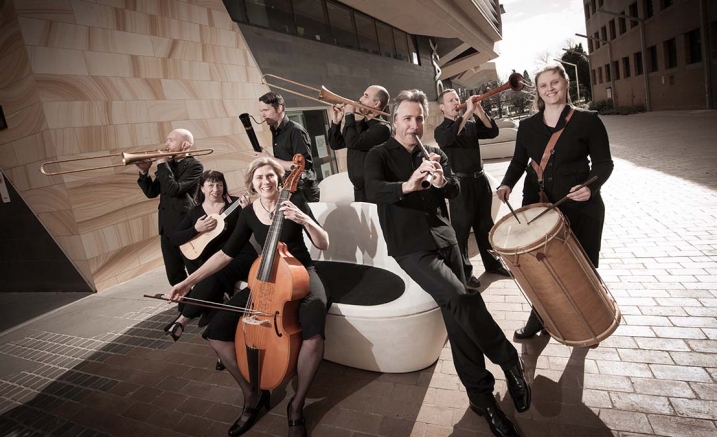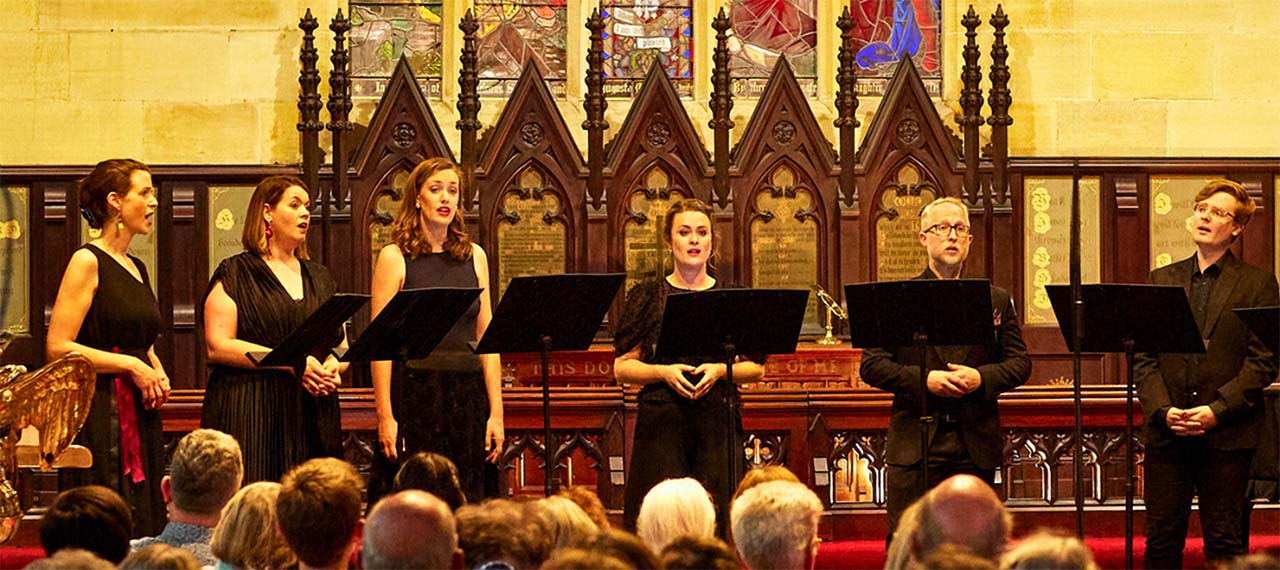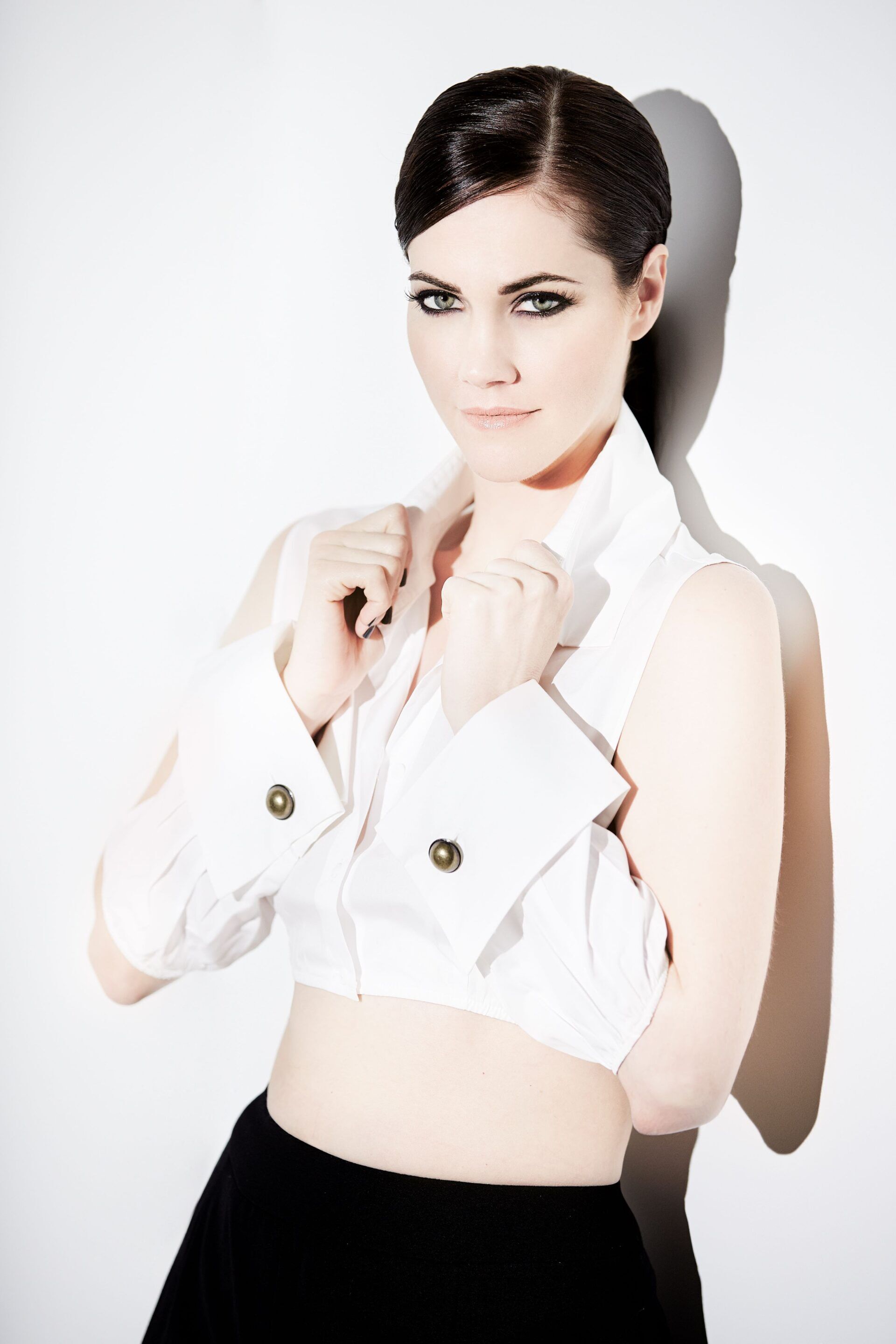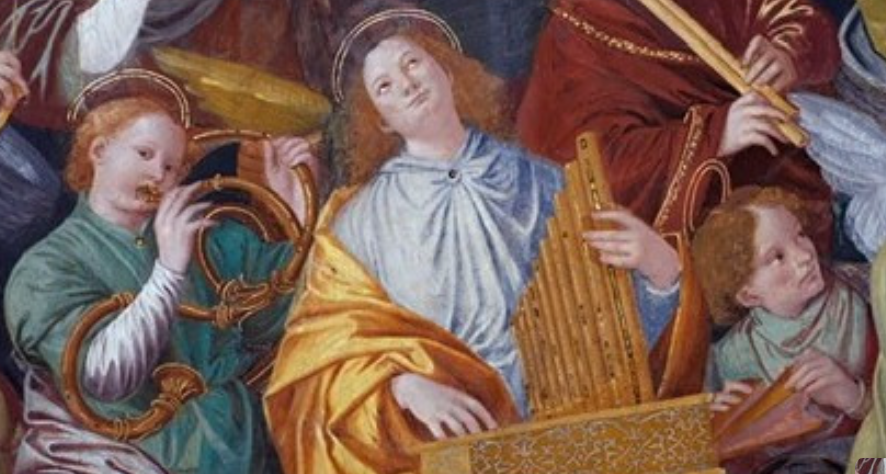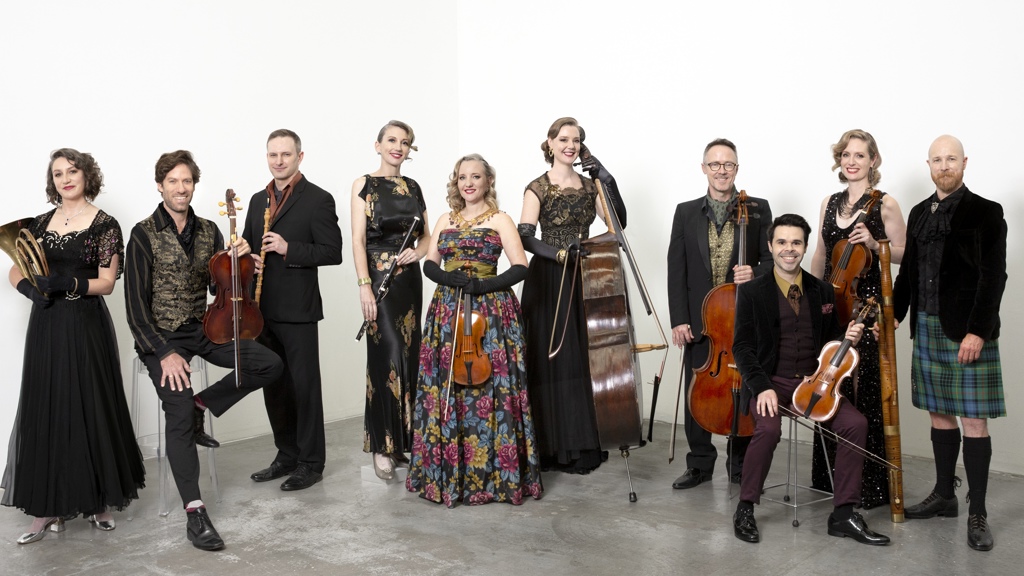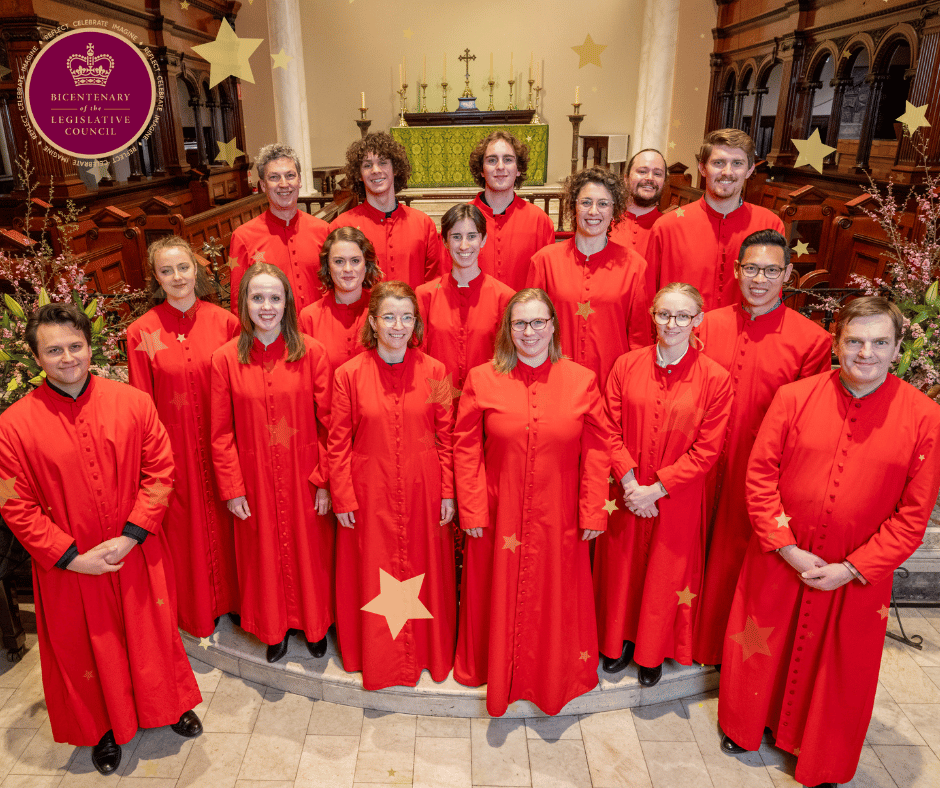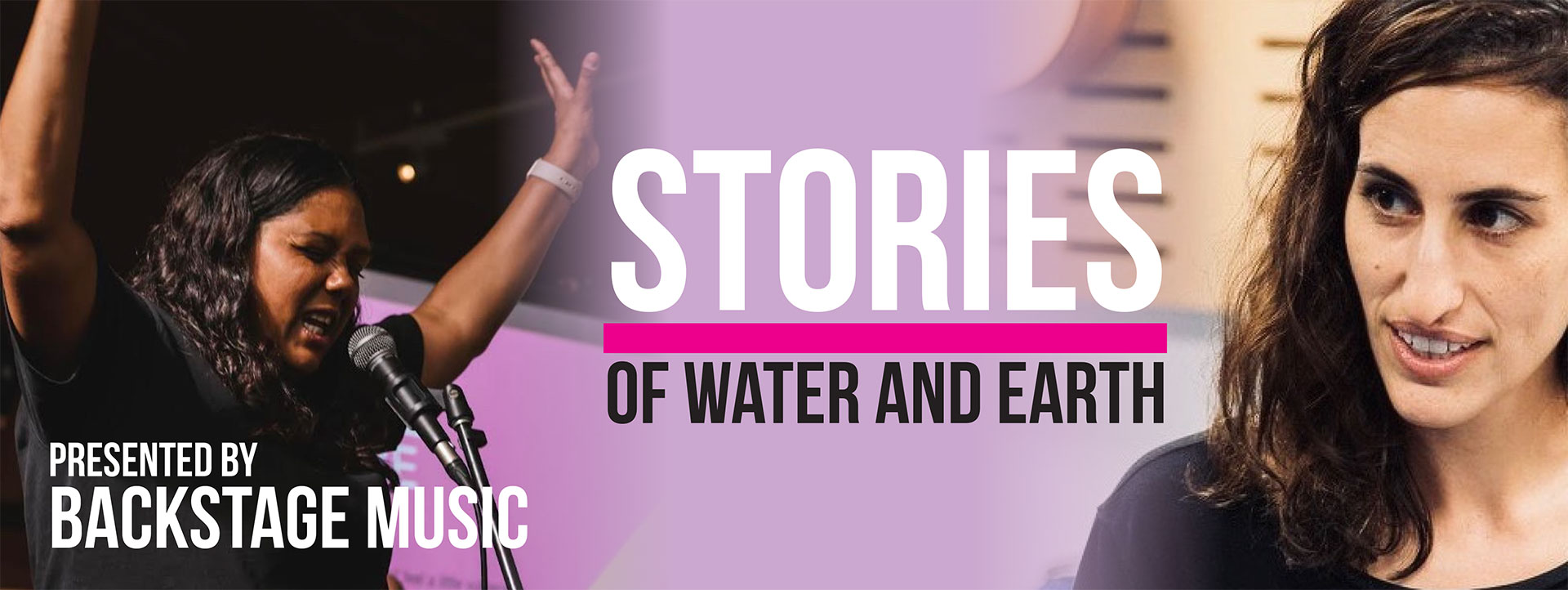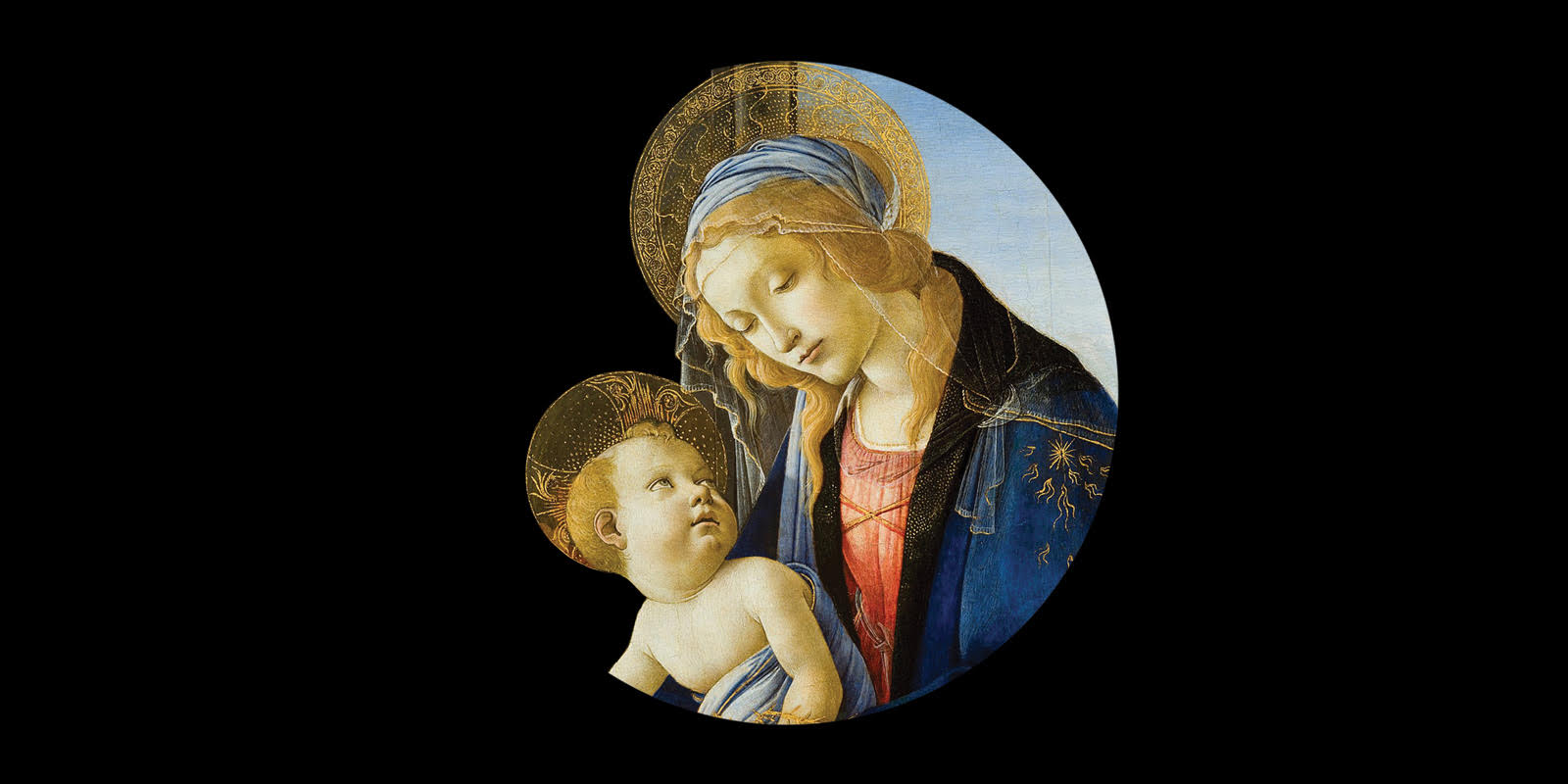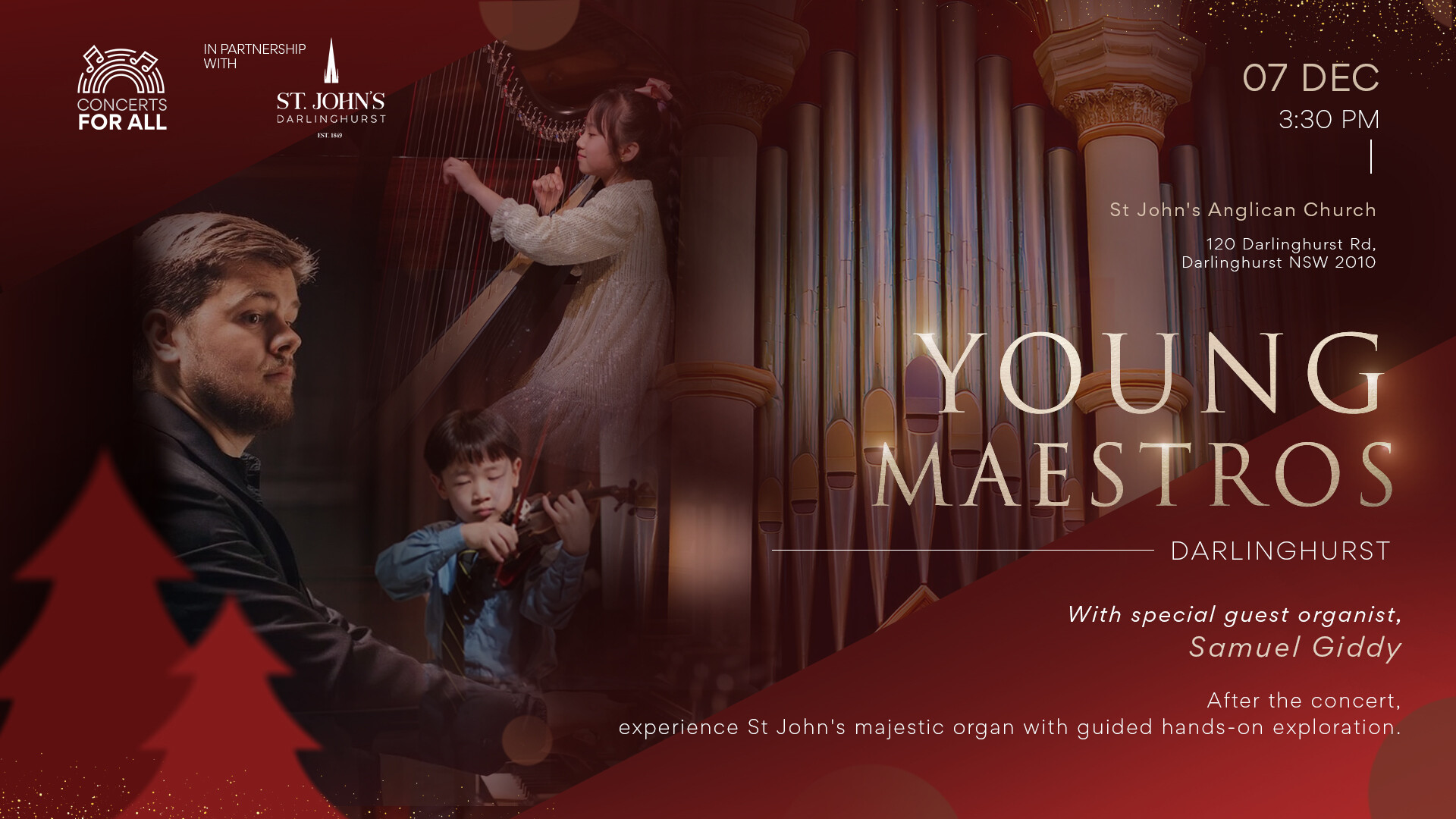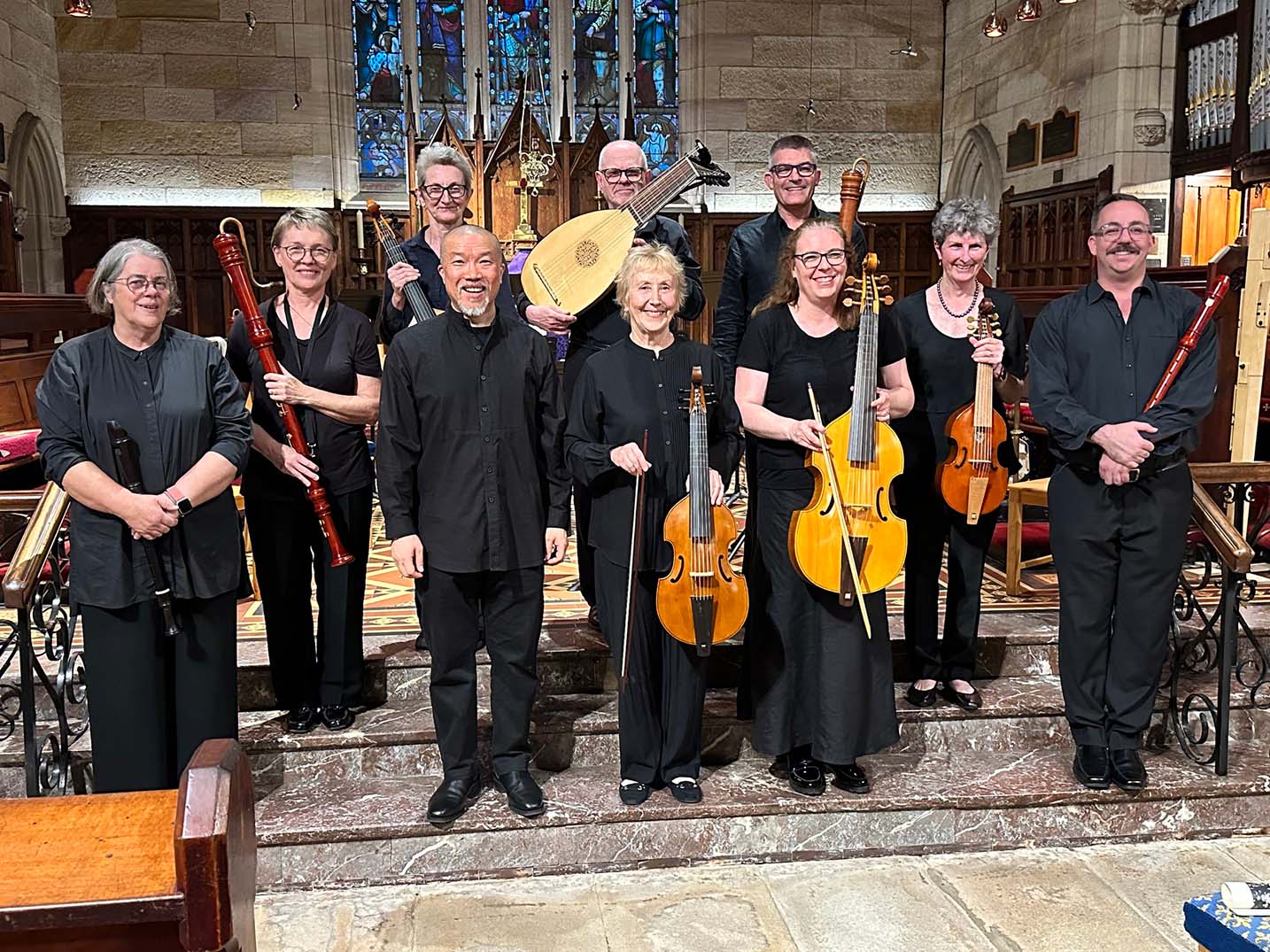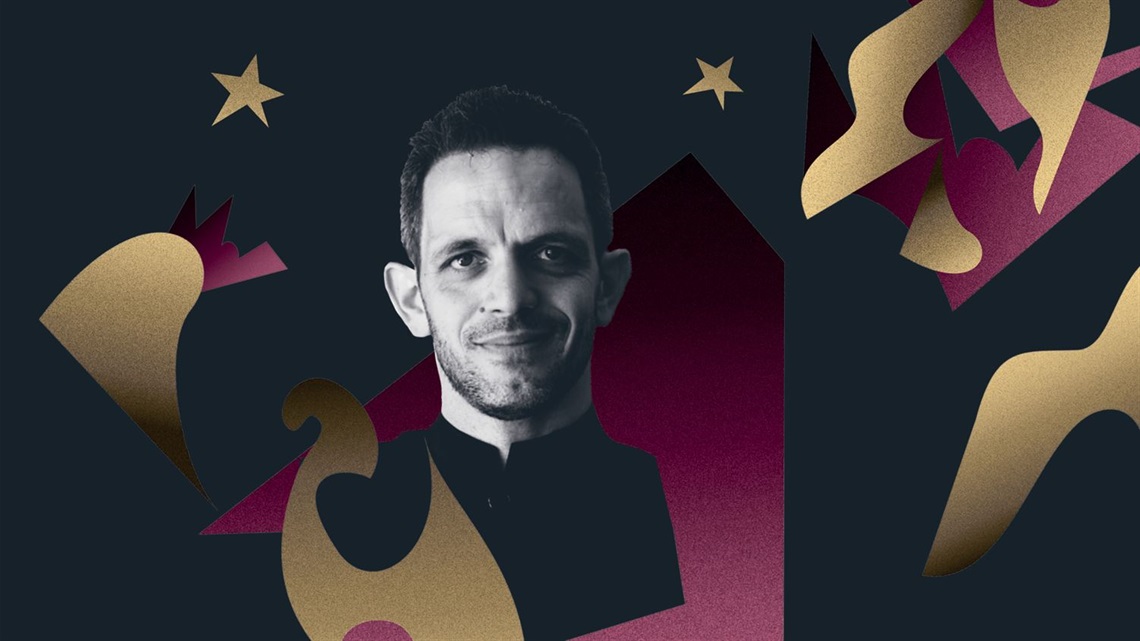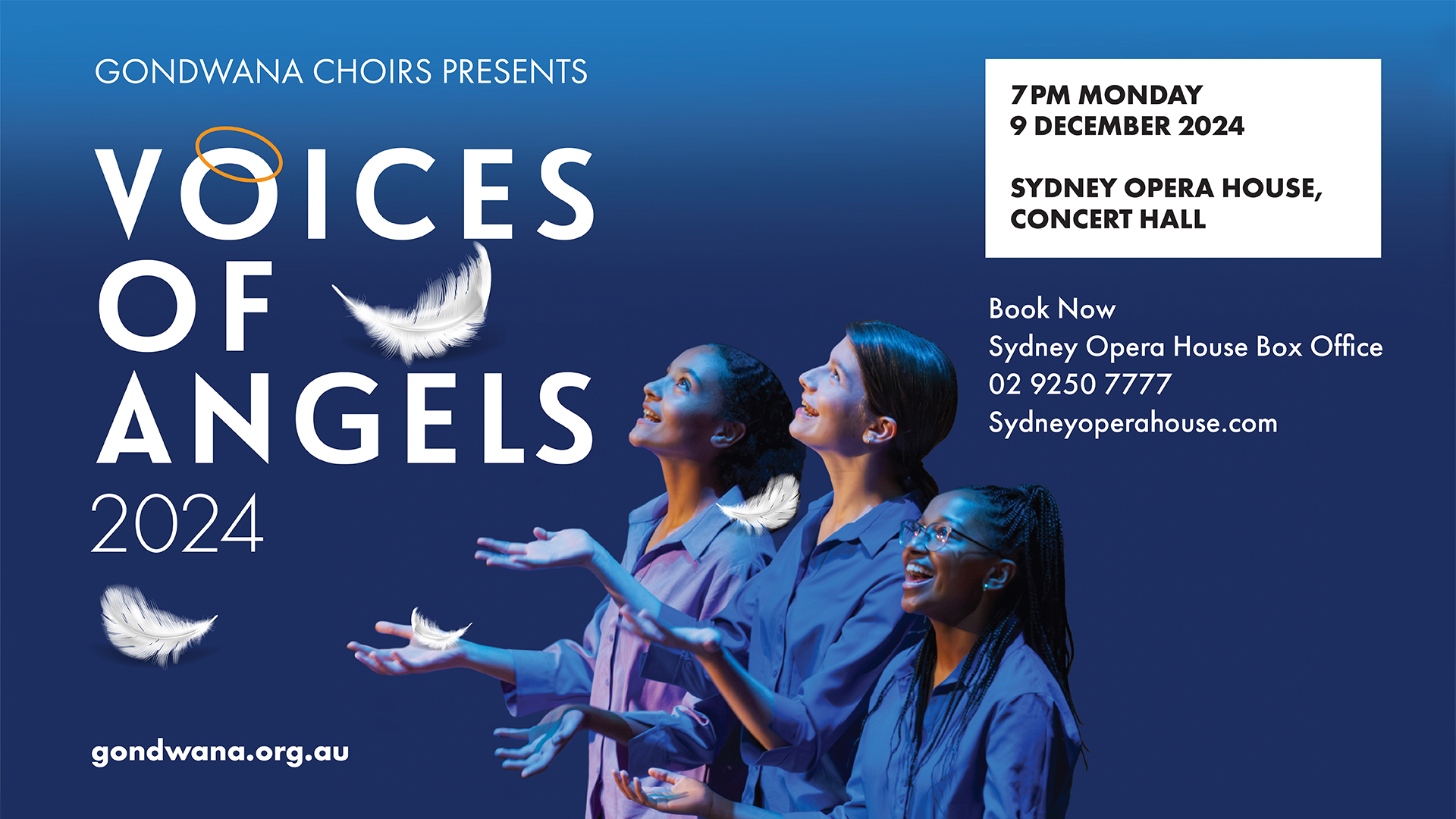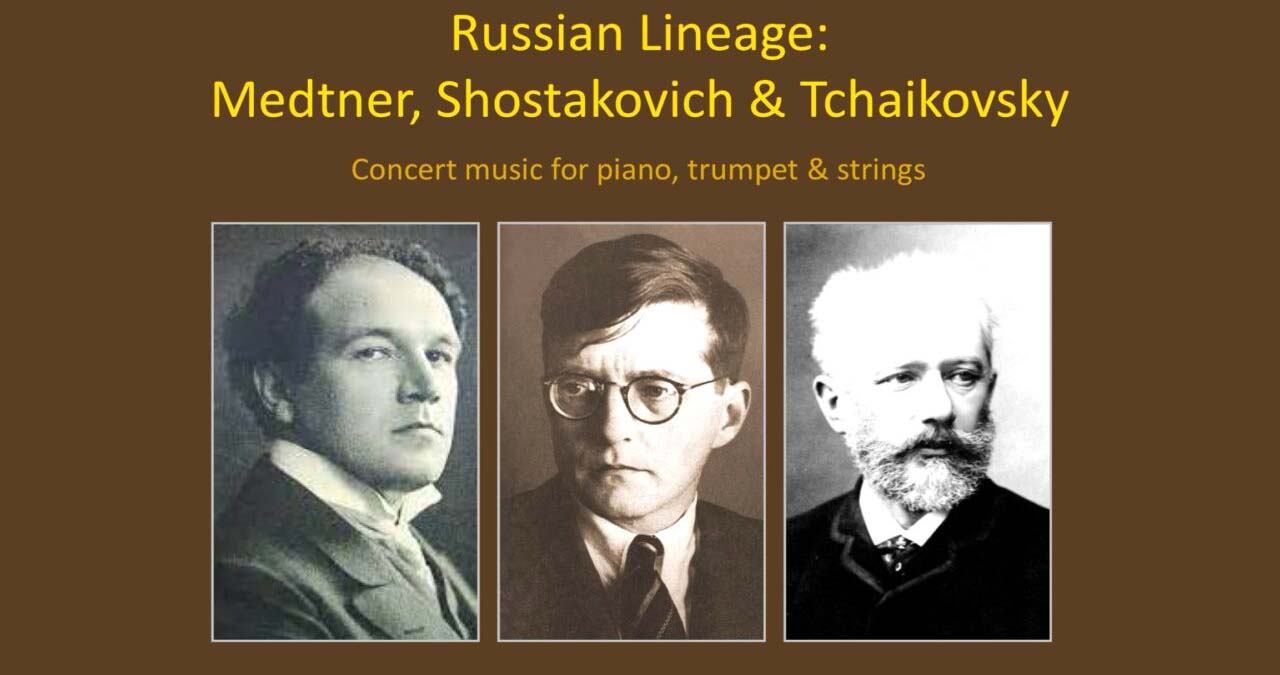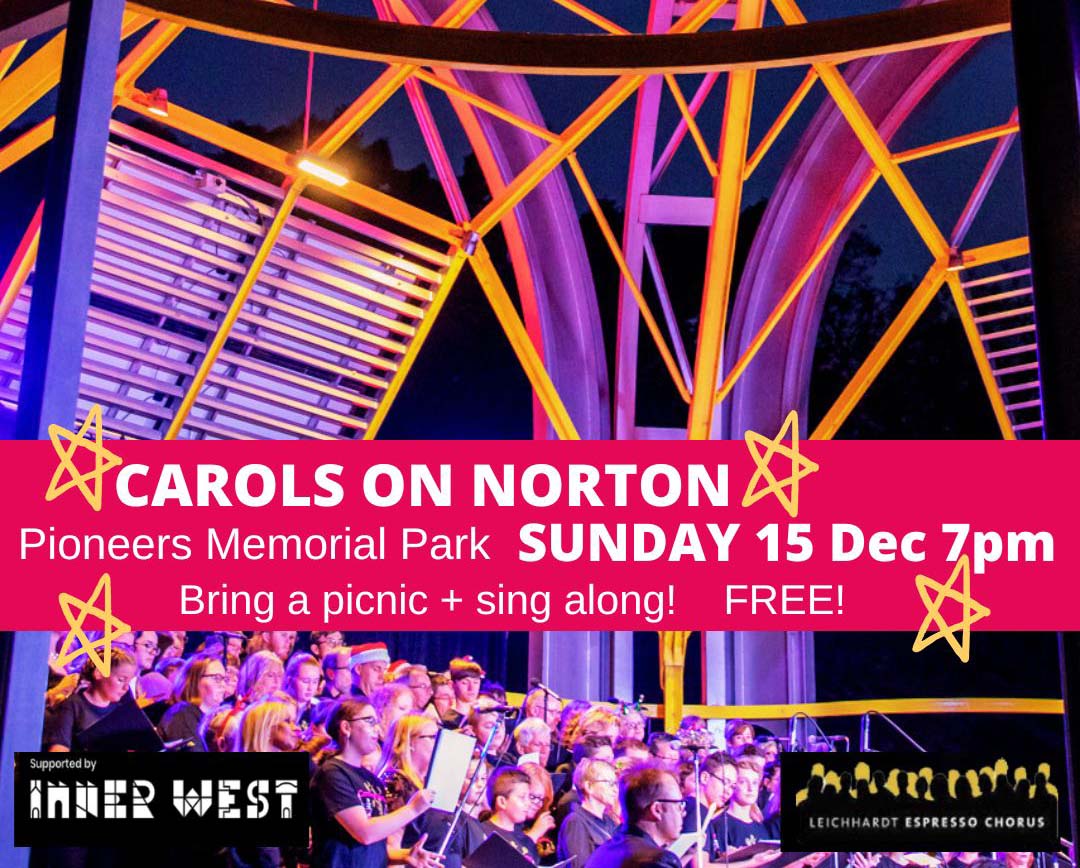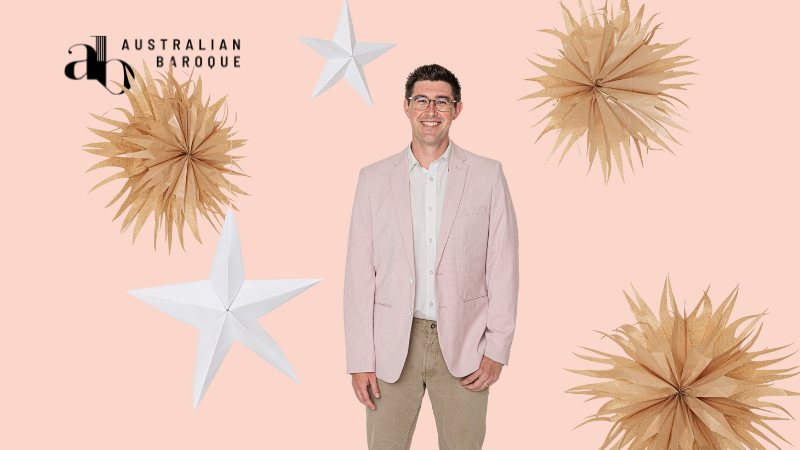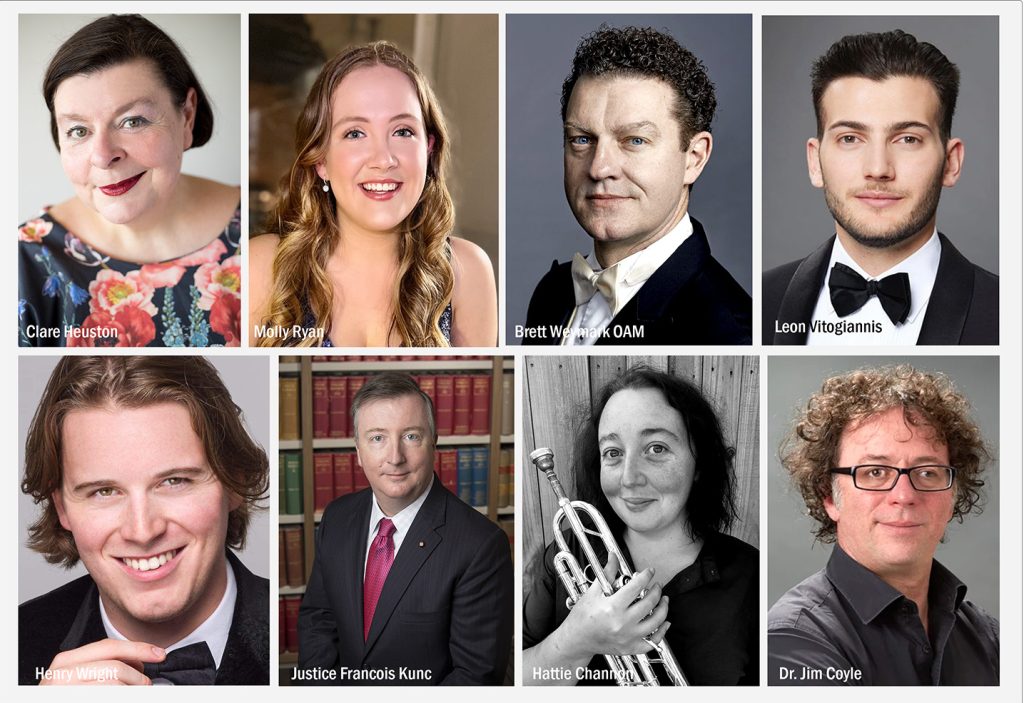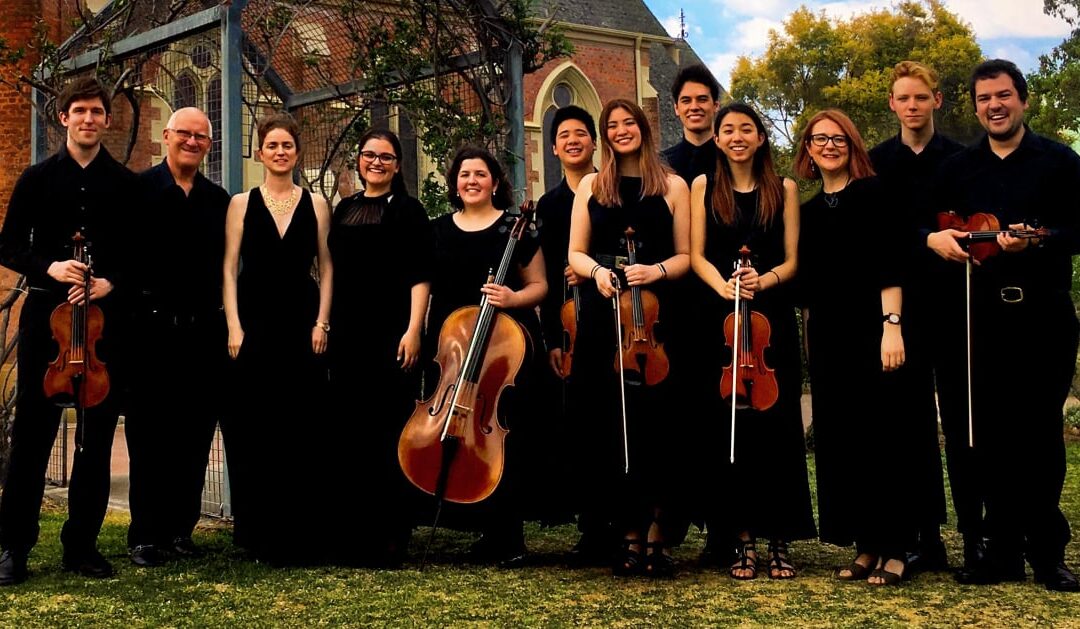La Compañia – The Baroque of Venice
17 February 2024, Elisabeth Murdoch Hall, Melbourne
La Compañia brought the party to the Melbourne Recital Centre on a buzzing Saturday night in Melbourne with a program of the best hits and dance music of Venice in the early baroque.
Danny Lucin as director and cornetto player – cornetto being the unicorn of early music instruments, rare, difficult to play and fabled to cause swooning – assembled a wonderful program of what was at the time new and exciting music, which is still expressive and daring.
The instrumental members of La Compañia in addition to the cornetto, included two violins, two sackbuts, two viola da gambas (or one violone or lirone as required), theorbo/baroque guitar and percussion/chamber organ, with the soprano Jacqueline Porter in a starring role.
There was a lot of high energy on stage during the instrumental works, which were mainly dances, sinfonias, ballettos or variations over ground basses. All popular forms for composers of the day. Rosemary Hodgson on theorbo and baroque guitar, along with Christine Baker on percussion and chamber organ kept rhythms alive and swinging with great syncopations and rhythmic variations.
Stephanie Eldridge and Arun Patterson were equally irresistible to watch and listen to on baroque violin. The opening of the Toccata from Monteverdi’s L’Orfeo was like watching an electric current move from the strings across the entire ensemble and back again.
It reminded me of the excitement I felt running away from home when I was about 15 to catch the train to Sydney to see the Netherlands Opera perform the same work in 1995 or thereabouts (my poor parents who were equal parts frantic and furious!!).
Soprano Jacqueline Porter is especially deserving of praise, navigating everything from the Francesco Cavalli’s cheeky Che citta, che citta – a rant on the rudeness of people in the city – to the stunning sunrise and Cupid of Biagio Marini’s Con le stelle in ciel. The last line, delivered emphatically, of Cavalli’s aria Piante ombrose from the opera La Calisto was very meaningful in today’s context: ‘No more Jove, ah, no more war’.
Laura Vaughan on viola da gamba/lirone and violene and Victoria Watts on viola da gamba particularly shined during the Ballo Anglese by Giorgio Mainerio and Sempre mi ride sta by Adrian Willaert. Both works were performed without vocals and displayed the virtuosic techniques expected by instrumental performers of the period.
The emotional high points for me in the program included Monteverdi’s Lamento della Ninfa, the sad song of the rejected nymph, with the sackbuts and violin taking the parts of the male vocal trio who accompany the female voice to echo and amplify her pain. The sackbuts, played by Glenn Bardwell and Trea Hindley, especially highlighted the poignant dissonances and quiet resolutions in the harmony and were very effective in highlighting the plight of the poor woman.
The instrumental version of the madrigal Altri canti d’Amour which followed was filled with expression and to hear it without words took nothing away from the music and was like hearing it again for the first time.
Balancing the earlier Lament, at the conclusion of the program, was a favourite song of mine by a composer whose music seems to me steeped with sadness, Tarquinio Merula. Merula had a bit of a hard time in the early 1600’s and was charged with ‘indecency’ something which has been used as a euphemism for homosexual behaviour over the centuries.
The words to Folle e ben che si crede talk about secrecy and distance and dissuasion, this is not the song of open or accepted love but one of a person whose heart longs for the freedom to express themselves. The wonderful refrain openly dismisses any preconceptions of the listener: Say what you will, say what you may.
The heartful delivery by Jacqueline Porter, tender descent by Danny Lucin, and gentle accompaniment by Rosemary Hodgeson, Laura Vaughan and Victoria Watts moved me to tears and the audience to long and sustained applause. The band skilfully brought us out of this reverie and back to the party with the final and rousing Ciaccona.
Leaving the Elisabeth Murdoch Hall, it was evident that I was not alone in feeling a bit of a spring in my step. There was a great buzz and the energy of La Compañia was obviously infectious… now to party like it’s 1599.

